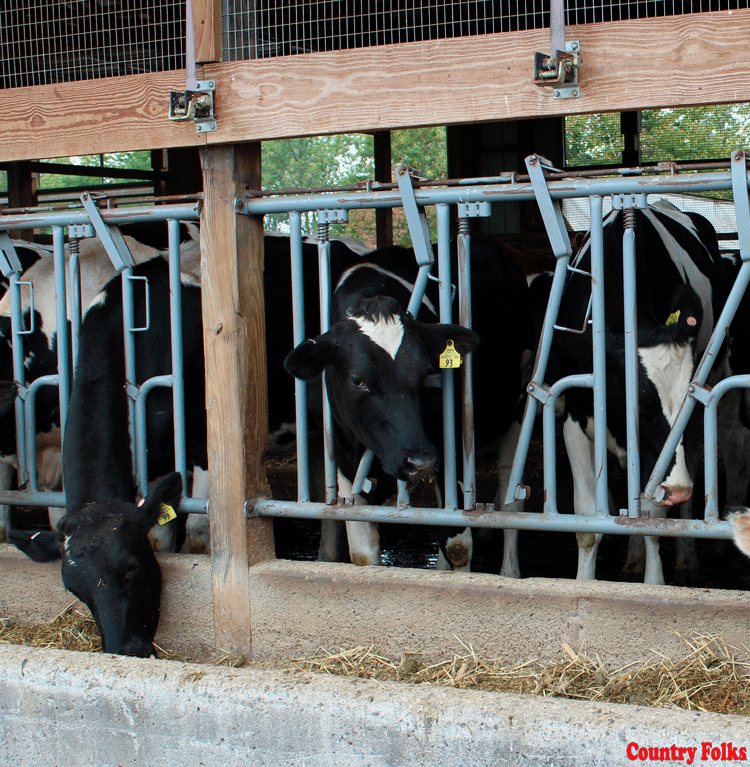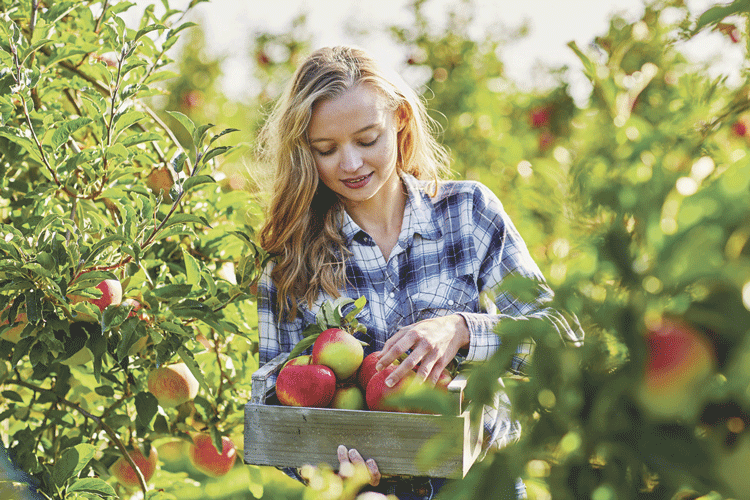by Terry Lynn Colligan
On Jan. 8, at the annual Maine Agricultural Trades show, Hanne Tierney of Cornerstone Farm in Palmyra, gave attendees an overview of her experiences being involved in four of Maine’s farmers markets.
Tierney said picking the markets that worked for their farm was, “a little like picking a tractor — little one, big one…” until she got the market that just worked well for their farm.
Attending a farmers market as a first-time vendor is a learning experience. It is worthwhile to visit a number of markets to help decide which one would work for your farm’s wares.
In addition to visiting a market, other factors need to be considered. Driving distances, the price of gasoline and what type of vehicle is allowed all need to be explored.
Small, yet important, details usually get overlooked. Occasionally a busy farmer will remember that they forgot their farm’s signage or weigh scale!
Other details need to be considered, such as: Will it be necessary to have a crew to go with you? Will I have enough of my product? Should I have brought more produce? What is the best day of the week to sell? Are you going to be attending a summer or a winter market?
“It is getting harder to get into a farmers market as their popularity grows,” Tierney said. Every market is totally different. Fees for vendor participation varies. Some markets, for instance, charge a one-time fee ranging from $100 to $500. Another market may charge $10 every time that you show up with goods.
Farmers may also be required to have their own liability insurance while marketing.
Considering all of these variables, selling at a farmers market may just be the, “cheapest storefront for your exchange,” Tierney added.
The People Who Farm
Leslie Forstadt, Ph.D., a child and family developement specialist from the University of Maine Cooperative Extension Service at the University of Maine at Orono, gave an informal talk on, “The People Side of Agriculture.”
With the recent resurgence of interest in farming in Maine, much of the focus has been on the financial and technological issues facing new and experienced farmers. One aspect of the farming lifestyle that has been largely overlooked has been the “people” side of agriculture.
“A goal for those who are farming,” Forstadt emphasized, “is to strengthen the personal sustainability of farming.”
Seeking autonomy is the reason most farmers give for choosing a farming lifestyle. Yet being a self-employed/self-sustaining farmer leaves little downtime for other pursuits.
One attendee commented that there was too little alone time. Others agreed, saying that it would be great to be able to read a non farm-related book, or to take an off-farm vacation.
Farmers need to ask themselves, where do we want to be in five years?
Forstadt suggested setting aside a time each week to specifically deal with farm/work issues, but to also foster more relationship time.
In addition, time needs to be set aside to discuss their strengths and weaknesses as a family farm team. Communicating and addressing some of the tensions and behaviors which arise from working so closely together.
She also suggested finding farmers who have a history running a successful farm to be supportive mentors.









Leave A Comment